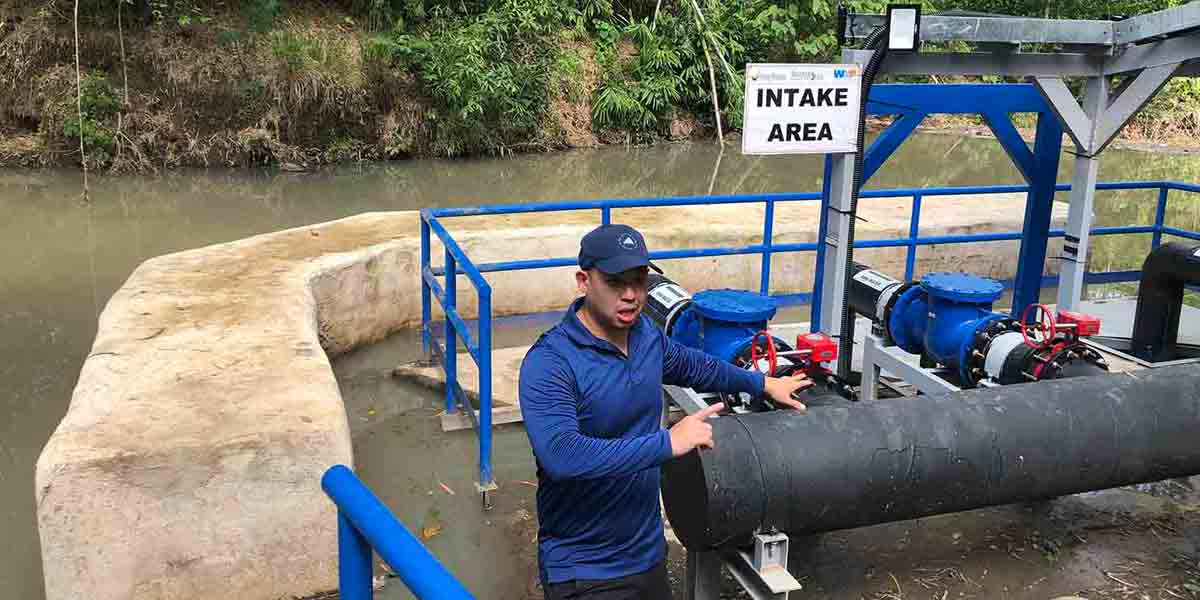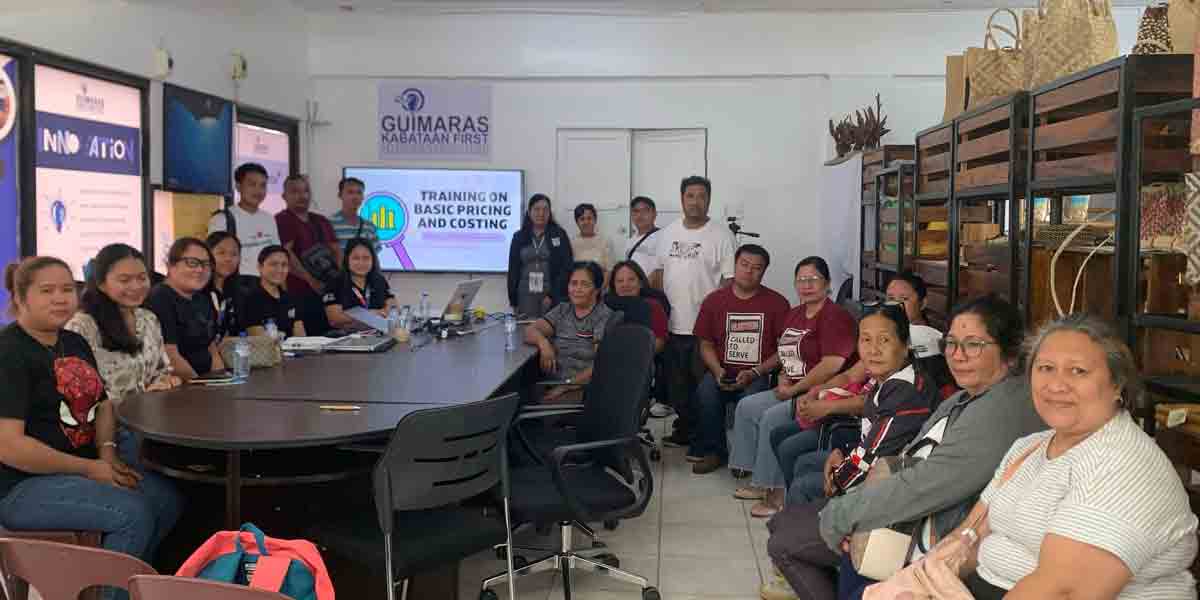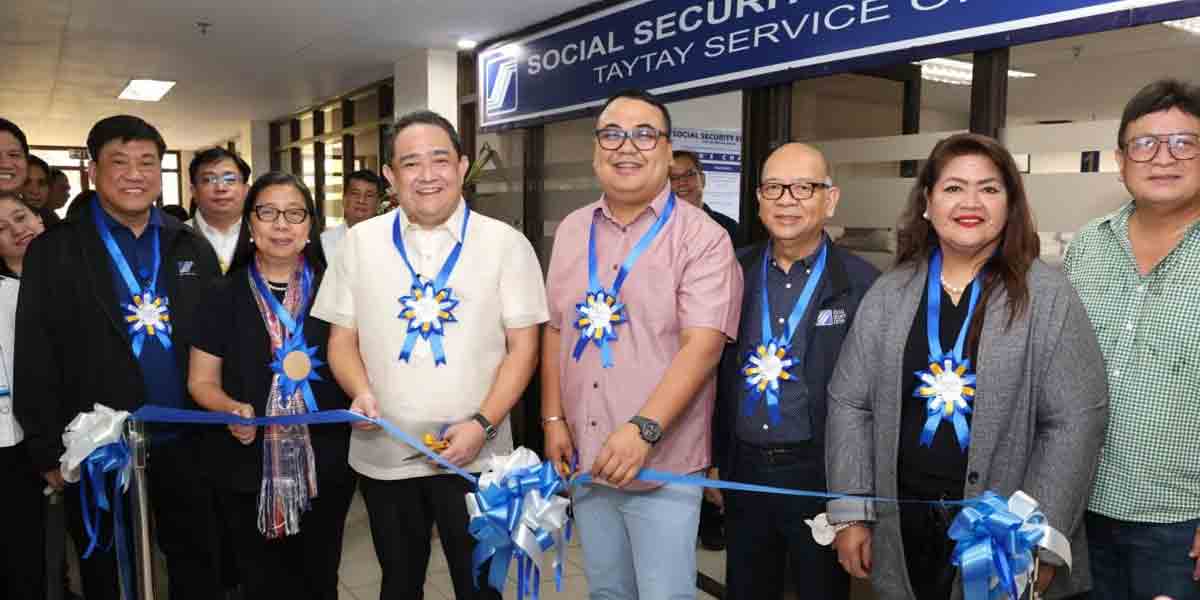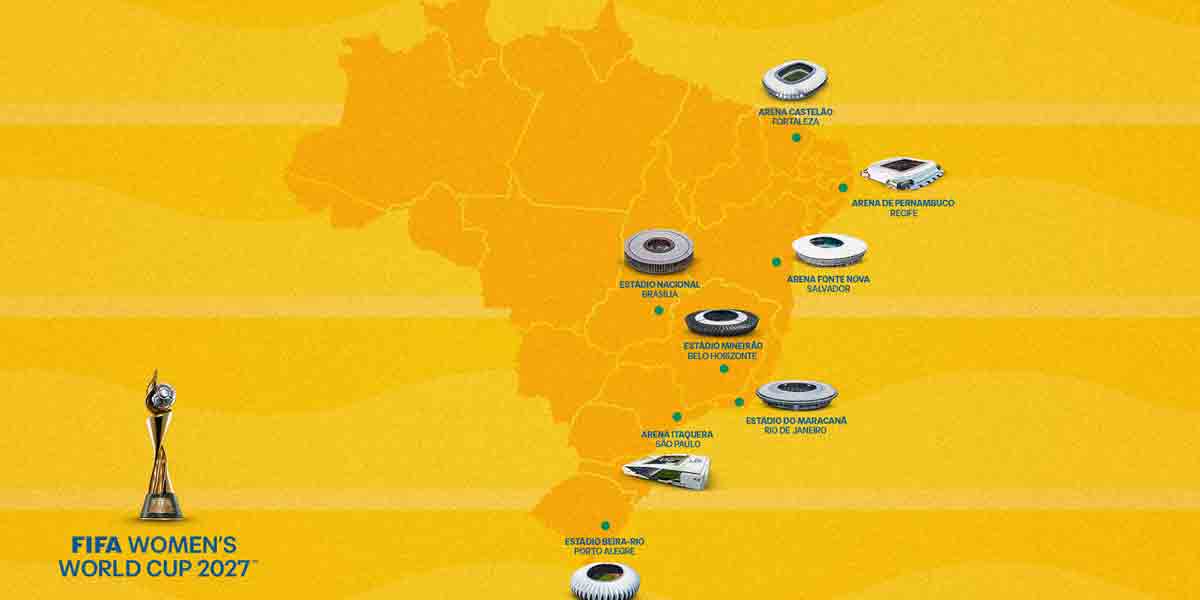
A team of physicists, including a Filipino researcher, have found that existing theories don’t completely account for the mysterious behavior of high-temperature superconducting materials that have left even Nobel laureates stumped for decades.
The team’s discovery, which promises to spark completely new lines of research, was published recently in the prestigious journal, Nature Materials.
Superconducting materials enable electricity to pass through them with no resistance, potentially allowing the creation of everything from magnetic-levitation trains to unprecedentedly powerful supercomputers. For a special kind of materials called high-temperature superconducting cuprates, superconductivity happens when electrons are removed in a process called “doping.”
Baffling even Nobel laureates for decades
Exactly how and why this happens is a mystery that has baffled even Nobel laureates. It was commonly thought, however, that when a large number of electrons are removed—that is, when cuprate superconductors are “overdoped”—they would behave as described by Bardeen-Cooper-Schrieffer (BCS) Theory, which was developed in the 1950s and has been used ever since to help explain conventional superconducting materials.
But new experiments by a team of researchers supervised by Dr. Milan P. Allan of Leiden University in the Netherlands has shown that this is not the case. Filipino physicist Dr. Miguel Sulangi from the University of the Philippines – Diliman College of Science National Institute of Physics (UPD-CS NIP) collaborated with Dr. Allan’s team on the theoretical modeling of these materials.
“Our paper poses a challenge to the present understanding of cuprate superconductors at so-called ‘overdoping,’” Dr. Sulangi said. “This is the latest of a fresh round of papers showing that overdoped cuprates are not as conventional or ‘BCS-like’ as everyone previously thought they were.”
A deeper mystery than originally thought
Dr. Sulangi expressed hope that these new findings would not just rewrite textbooks but also spark new research interest in overdoped cuprates, which have largely been overlooked—particularly by scientists who believed that the materials’ superconductivity could simply be explained by traditional BCS theory. “We hope to convince experimentalists and theorists that these materials are anomalous and worthy of intense study. We want to provoke further research into this,” he explained.
“What makes this study important is that it not only clarifies the nature of overdoped cuprate superconductivity, but it also reveals that the mystery surrounding cuprate superconductors is deeper than we originally thought,” said UPD-CS NIP associate professor Dr. Kristian Hauser Villegas, who was not involved with the study. “It’s good to see more Filipino researchers working at the forefront of physics and other fields, shoulder to shoulder with international colleagues. Hopefully, this encourages more Filipino kids to pursue science and add to our collective contributions to the growth of human knowledge,” he added.
The team described their findings in a paper entitled, Puddle formation and persistent gaps across the non-mean-field breakdown of superconductivity in overdoped (Pb,Bi)2Sr2CuO6+δ.
For interview requests and other concerns, please contact [email protected].
References:
Tromp, W.O., Benschop, T., Ge, JF. et al. Puddle formation and persistent gaps across the non-mean-field breakdown of superconductivity in overdoped (Pb,Bi)2Sr2CuO6+δ. Nature Materials. (2023). https://doi.org/10.1038/s41563-023-01497-1
















